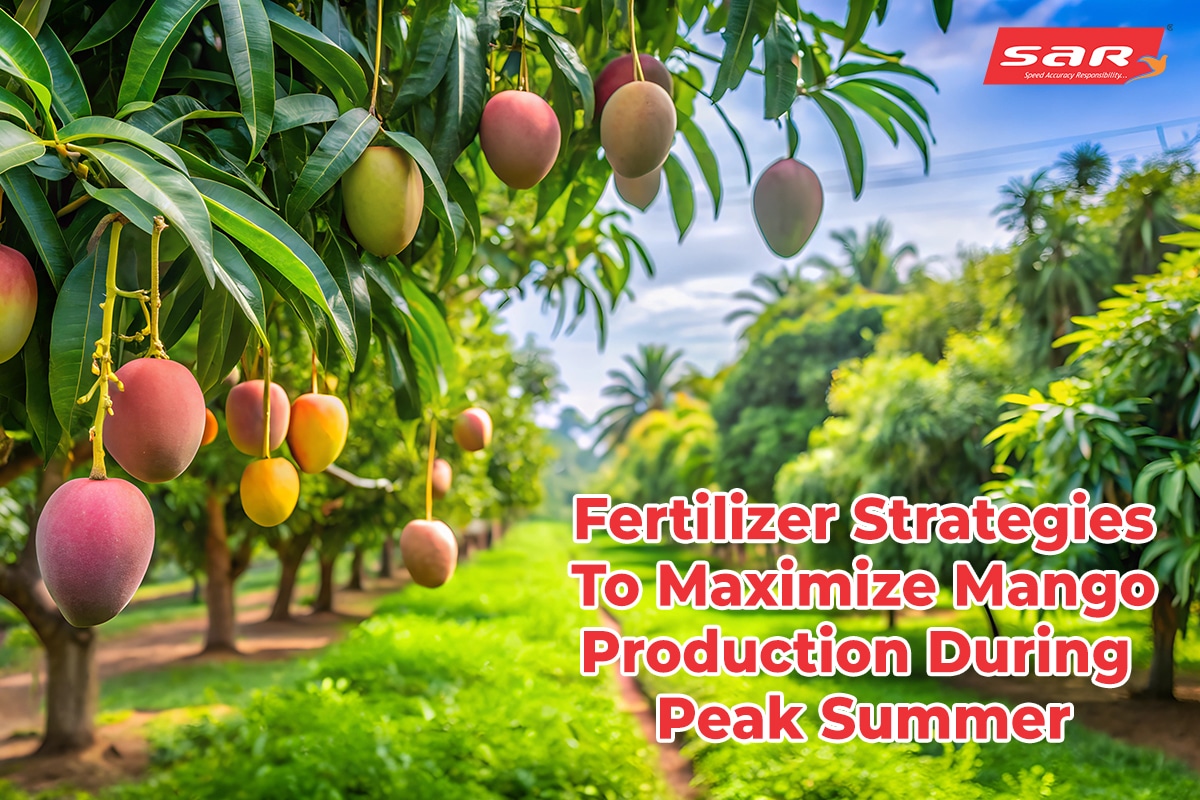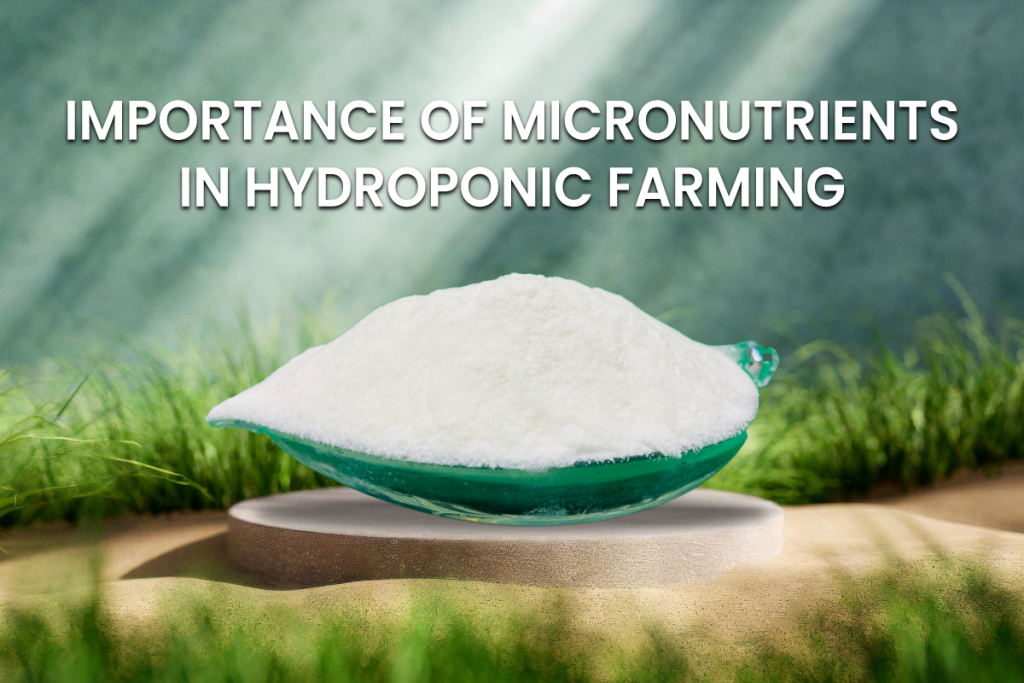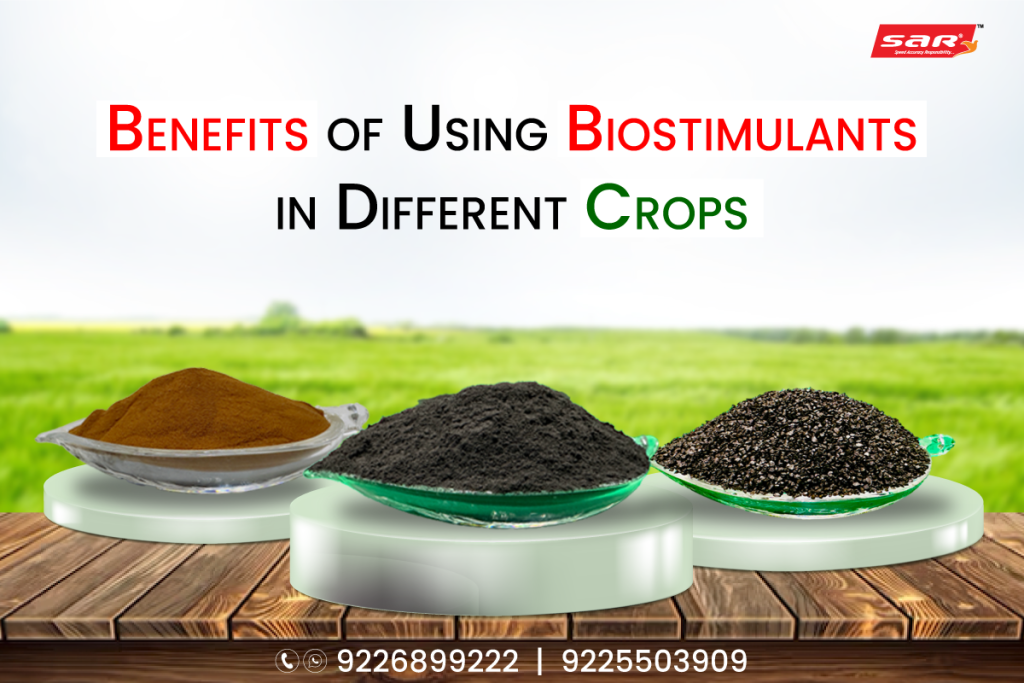
Mango Production fertilizer trees encounter specific physiological stress during the summer heat. A balanced supply of both macronutrients and micronutrients is necessary for the proper formation and maturation of fruit, disease resistance, and yield quality. Nitrogen, phosphorus and potassium are familiar players, but secondary macronutrients (like calcium and magnesium) and crucial micronutrients (like zinc, boron and iron) are just as important to keeping the productivity up during this time.
During peak summer, the mango trees experience the maximum environmental stress, such as high temperature, abundant transpiration, and depletion of soil moisture, and all these factors affect the nutrient uptake and fruit development. To mitigate against passivation risks, the application of fertilisers needs to be scheduled and targeted to the physiology of the trees at this point in time. Multiple applications of N and K will provide a constant supply of nutrients to the plant without encouraging too much vegetative growth at the expense of fruiting. Mango production Applications of micronutrient foliar sprays, such as of zinc and boron, prove especially beneficial at flowering and during fruit set, as they can be used to enhance pollination, minimize fruit drop and increase fruit size and sweetness. Calcium and magnesium are important for cell wall strength and chlorophyll synthesis, respectively in providing fruit firmness and leaf function to withstand heat stress. Water soluble fertilizers and drip fertigation in sandy or low-retentive soils can increase nutrient use efficiency and decrease nutrient losses. Furthermore, application of bio-stimulants or silicon-based products also enhance the plants resistance to heat induced oxidative stress, thus protecting yield and fruit quality. In conclusion, a well-planned proactive and site-specific nutrition programme during summer not only leads to improved mango production but also builds resilience of the tree under climatic stress in the longer run.
Mango Production Fertilizer Tips For The Best Growing Results
To keep your mango production trees happy during those long, hot days of summer, you should be keeping an eye on the soil moisture while also testing the soil for nutrient content on a regular basis. The high grade mango fertilizer is beneficial for plant health and summer heat treatment. Monitor on the irrigation schedule and maybe use slow-release type fertilizers that are releasing nutrients continuously over the season. Good fertilizer application, watering and pest control can ensure your mango trees survive the harsh conditions of summer. With the right growing environment and custom mango fertilizer applications, you can increase fruit production, fruit quality and reap a harvest. This guide explores the role of each nutrient in mango tree health during summer and the zen and aggro signs of deficiency growers should look for in mango and other tropical fruit crops.
Macronutrients’ Functions in the Summer For Mango Production Fertilizer
This is the macronutrients—nitrogen (N), phosphorus (P), potassium (K), calcium (Ca), and magnesium (Mg)—which have to be in abundance and should be available throughout summer, particularly from flowering to harvest of mango fertilizer.
Nitrogen (N)
Function in Summer:
Nitrogen plays an important role in vegetative growth, protein synthesis and chlorophyll preservation. In summer, where it is critical for keeping the leaf functional and photosynthetically active to produce carbohydrates for the free-binding and ripening process of fruits, nitrogen is a key element in mango production.
Deficiency Symptoms:
Early symptoms include systemic yellowing of older leaves because nitrogen is mobile. Chronic deficiency leads to small leaves, early leaf drop, weak shoots, and eventually poor fruit size and yield.
Recommendation:
Additional nitrogen should be split in applications through early fruit development and should be followed up using foliar sprays where nitrogen availability may be limited through high-pH soils.
Phosphorus (P)
Function in Summer:
Phosphorus is paramount for the nutrient transfer in the plant (ATP synthesis), root structure as well as floral arrangement. During summer months, when water is at a premium, an abundant root system is essential for the extraction of moisture from deeper soil layers. Proper phosphorus levels are crucial for optimal mango production, ensuring healthy root systems that support robust growth even in challenging conditions.
Deficiency Symptoms:
Phosphorus deficiency in mango trees can cause excessive purpling or reddening of mature leaves and poor root development and flowering, flowering is delayed or reduced.
Recommendation:
Apply phosphorus-pending on the individual crop-before flowering, using water-soluble phosphates applied through fertigation to increase availability.
Potassium (K)
Function in Summer:
Potassium, which is involved in the regulation of osmotic balance, stomatal opening and carbohydrate metabolism is the main nutrient associated with fruit size, sweetness and stress resistance. It promotes tolerance to high temperature and assists in transporting sugars to developing fruit in Mango production.
Deficiency Symptoms:
Mango trees that lack potassium yield small, sour, fibrous fruit. Symptoms in the leaves include the scorching or necrosis at leaf margins, weak stems, and poor fruit retention.
Recommendation:
Split potassium applications after fruit-set. Muriate of potash (MOP) is commonly preferred, while sulphate of potash (SOP) is commonly recommended in chloride-sensitive soils or during ripening.
Calcium (Ca)
Function in Summer:
Calcium contributes to cell wall fortification, membrane stabilization, and prevents spongy tissue, one of the prevalent mango physiological abnormalities. It also promotes enzyme activity during heat stress and helps ensure a firm fruit texture. The use of targeted mango production fertilizer enriched with calcium can further enhance these benefits during critical stages.
Deficiency Symptoms:
Symptoms include internal fruit rot, soft peel, and increased susceptibility to rot during storage. The fruit may look fine on the outside but is spongy or black inside.
Recommendation:
Foliar sprays of calcium nitrate or calcium chloride applied during the fruit development period can address deficiencies when soil uptake is restricted.
Magnesium (Mg)
Function in Summer:
Magnesium is found at the center of chlorophyll and activates many enzymes involved in photosynthesis and sugar formation. making it a vital component of mango fertilizer.
Deficiency Symptoms:
Older leaves exhibit inter-veinal chlorosis—yellowing between veins—with veins remaining green. This causes early drop and poor canopy formation.
Recommendation:
A good uptake can be achieved in slight acidic soils, so the magnesium sulphate can be applied through the soil as well as on leaves as foliar sprays.
Micronutrients: Small Amounts, Big Results
And, while needed in minute quantities, micronutrients play a significant role in reproductive success, fruit quality, and disease resistance. Heat stress can limit their mobility and magnify hidden deficiencies.
Zinc (Zn)
Role in Mango:
Zinc plays an important role in the synthesis of auxins (growth hormones), enzyme activation, and fruit set. It affects leaf size, internodal elongation, and floral development. Supplementing with mango fertilizer ensures optimal zinc availability for these functions.
Deficiency Symptoms:
Little leaf” is a classic symptom sprouts are narrow, bunched and pallid; overall growth is stunted. The fruiting is scanty and irregular.
Recommendation:
Zinc sulphates as ground application or zinc EDTA chelates at foliage are effective. Be careful not to overdo it, however, as excessive phosphorus can block the absorption of zinc.
Boron (B)
Role in Mango:
It is extremely essential for pollen tube growth, flower fertilization and cell wall synthesis. Applying the right mango fertilizer can promote uniform fruit development and retention.
Deficiency Symptoms:
Flower and fruit drop, malformed or cracked fruits, and poor tissue integrity. Frequently mistaken for calcium deficiency but can happen in conjunction.
Recommendation:
Borax or Solubor use in very low concentration They can be toxic in excess — choose split sprays at pre-flowering and fruit development.
Iron (Fe)
Role in Mango:
Iron is vital for chlorophyll synthesis and respiration. In alkaline soils, iron is rendered insoluble and thus unavailable in hot dry situations.
Deficiency Symptoms:
Interveinal chlorosis of young leaves—leaves become yellow while veins remain green. Severe deficiency leads to poor canopies and drop in fruit.
Recommendation:
The use of foliar sprays of iron chelates (Fe-EDTA or Fe-DTPA) is very effective during early flush and fruit set.
But why is summer nutrient management with mango fertilizer so important?
Peak Fleshy Fruit Development:
Summer is when mangoes will expand and accumulate sugars, so they require a lot of nutrients.
Soil pH too hard or too high:
Soil pH in the summer dry months is high and as a result micronutrients in soil like Fe, Zn and B become insoluble.
Transpiration Stress:
Heat-stressed plants have immobilized nutrients, particularly in sandy or heavily drained soils.
Quality Issues:
These include Jim fruit discoloration, internal breakdown, external senescence, short cold life, and poor post harvest quality are often due to hidden nutrient imbalances that can result during its development.
Nutrient Application Method Strategies for Mango Production Fertilizer in Summer:
Soil Application
Provides the essential nutrition, especially of macronutrients like nitrogen, phosphorus, and potassium.
Soil structure and micronutrient availability are improved with the addition of organic matter.
Foliar Spraying
Rapidly rectifies deficiencies, especially of micronutrients like zinc, iron, and boron.
Best used in the early morning or late evening to prevent heat stress and maximize absorption.
Fertigation
Uses drip irrigation systems to efficiently deliver nutrients.
Allows exact, targeted feeding—great for higher value orchards and light soils at risk for leaching.
Seedling Stage Feeding
Advances early establishment of healthy roots in young plantations or grafted seedlings.
You can also choose to feed after transplanting for establishment and early growth where balanced nutrition is required.
Conclusion:
Mango—king of fruits here—needs royal care, more so during the scorching summer months when fruit development is at its peak. Water and pest control are certainly part of the growing process, but it is balanced and timely nutrition that will make the difference between the size, taste, and health of the harvest. Every nutrient matters. Using a well formulated mango fertilizer is key – Nitrogen feeds the leaves, potassium makes fruit sweeter, calcium prevents internal breakdown, and micronutrients like zinc and boron aid in flowering and fruit set. Even small deficiencies can silently impact yield and quality. Mango production benefits greatly when trees are fed correctly, helps get a better crop and also adds to the fruit quality, firmness and higher returns in the market. The right care will reward you with golden fruit this summer, and it will be worth the effort.


